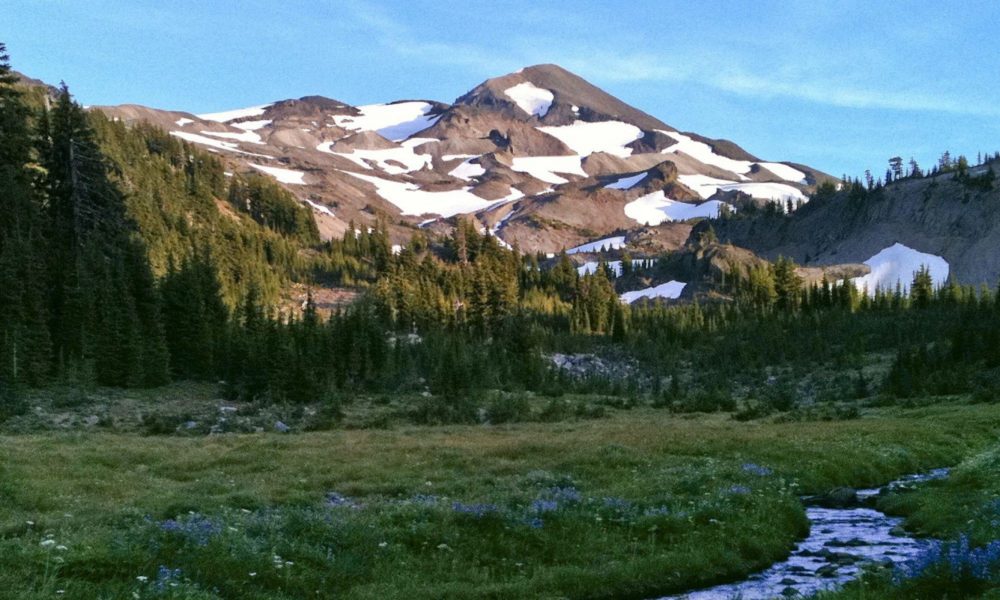Preparing for a natural disaster involves several key steps to ensure your safety and that of your loved ones. If you need a good reason to prepare look at what is happening in Eastern Tennesee and Western North Carolina. These are areas filled with people who are historically far more self-reliant than most.
Here’s a comprehensive guide:
Create an Emergency Plan
- Discuss with Family: Make sure everyone knows what to do in an emergency.
- Designate Meeting Places: Identify safe locations to meet if you get separated.
- Establish Communication: Set up a way to contact each other, especially if you’re not together when a disaster strikes. Your phones will probably be useless.
- Remember PACE; You must have more than one plan!
- Primary
- Alternate
- Contingency
- Emergency
Build an Emergency Kit
- Essentials: Include water (two gallons per person per day for at least three days), non-perishable food, a flashlight, batteries, a first-aid kit, and any necessary medications.
- Personal Items: Include documents (IDs, insurance policies), cash, any special items for children or pets, and a full set of season-appropriate clothing and shoes for each member.
- Tools: Pack a multi-tool, whistle, and maps of your area.
Stay Informed
- Weather Alerts: Sign up for local weather alerts and warnings.
- Emergency Services: Know how to contact local emergency services and shelters.
Prepare Your Home
- Secure Heavy Items: Anchor heavy furniture and appliances to prevent them from tipping over.
- Check Utilities: Know how to turn off gas, water, and electricity in an emergency.
- Reinforce Your Home: Consider reinforcing doors and windows if you live in a hurricane or flood zone.
Evacuation Plans
- Know Your Routes: Familiarize yourself with local evacuation routes and shelters.
- Transportation: Ensure your vehicle is in good condition and keep a full gas tank.
Stay Connected
- Community Resources: Stay in touch with local organizations that can provide support during disasters.
- Social Media: Follow local news and social media channels for updates and resources.
- Radio: Get a solar or crank-powered radio, for old-fashioned wireless communication.
Practice Your Plan
- Drills: Conduct regular drills with your family to ensure everyone knows what to do.
Mental Preparedness
- Stay Calm: Prepare mentally by discussing the possibility of a disaster and how to handle it.
- Resources: Know where to find emotional support after a disaster.
Post-Disaster Preparation
- Recovery Resources: Familiarize yourself with local and national resources for disaster recovery, such as FEMA.
Consider Support Needs
- Unique Needs: If you or your family member have support needs, plan accordingly, including medications, mobility aids, or other necessities.
Being proactive can significantly enhance your safety and preparedness during a natural disaster.
Review, Rehearse, Practice, and Train, one second after is too late!
Stay Vigilant and Be Prepared
In addition, take these steps to ensure you and your loved ones are better prepared to handle emergencies effectively. It’s always better to be proactive than reactive for safety and preparedness.


